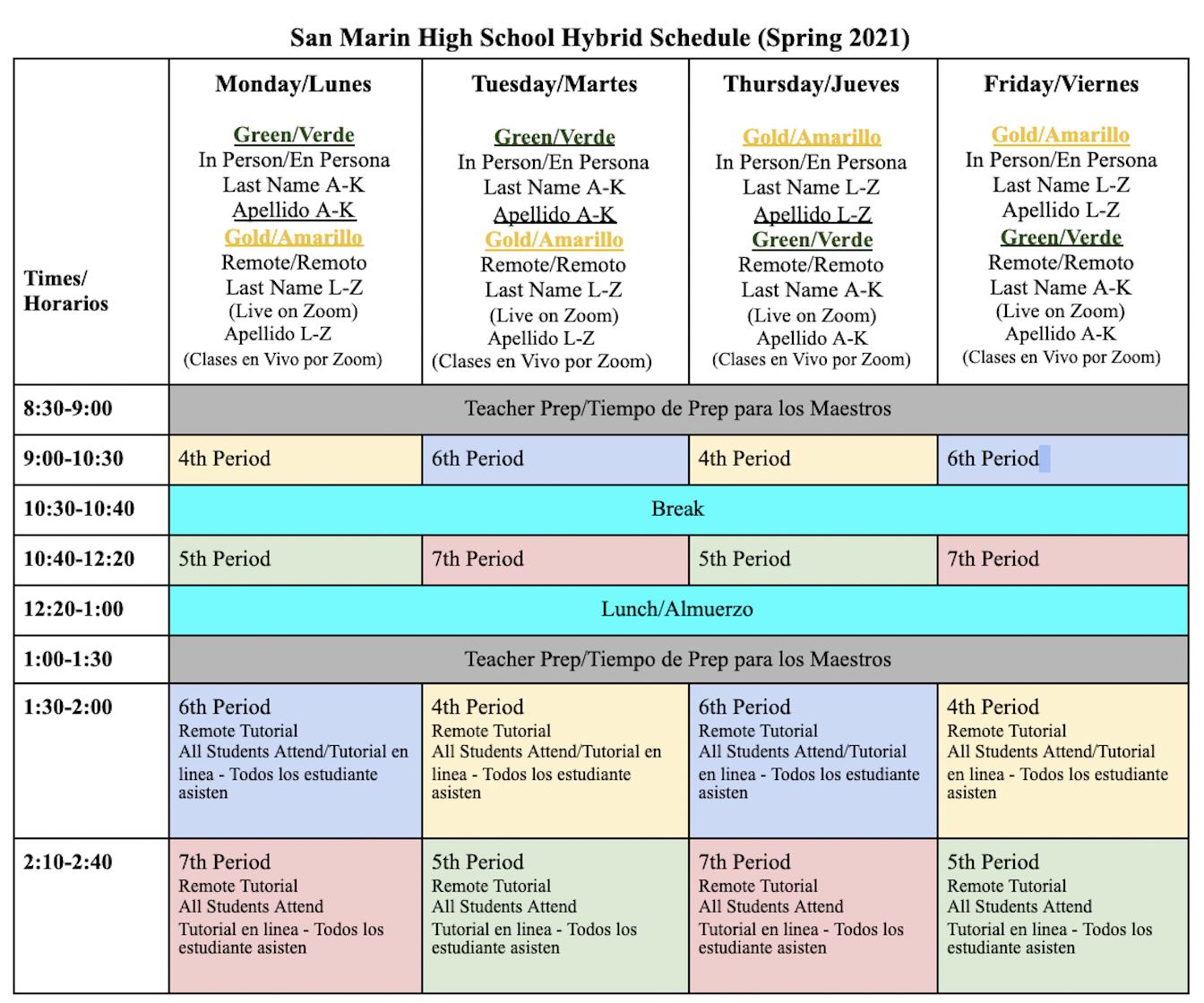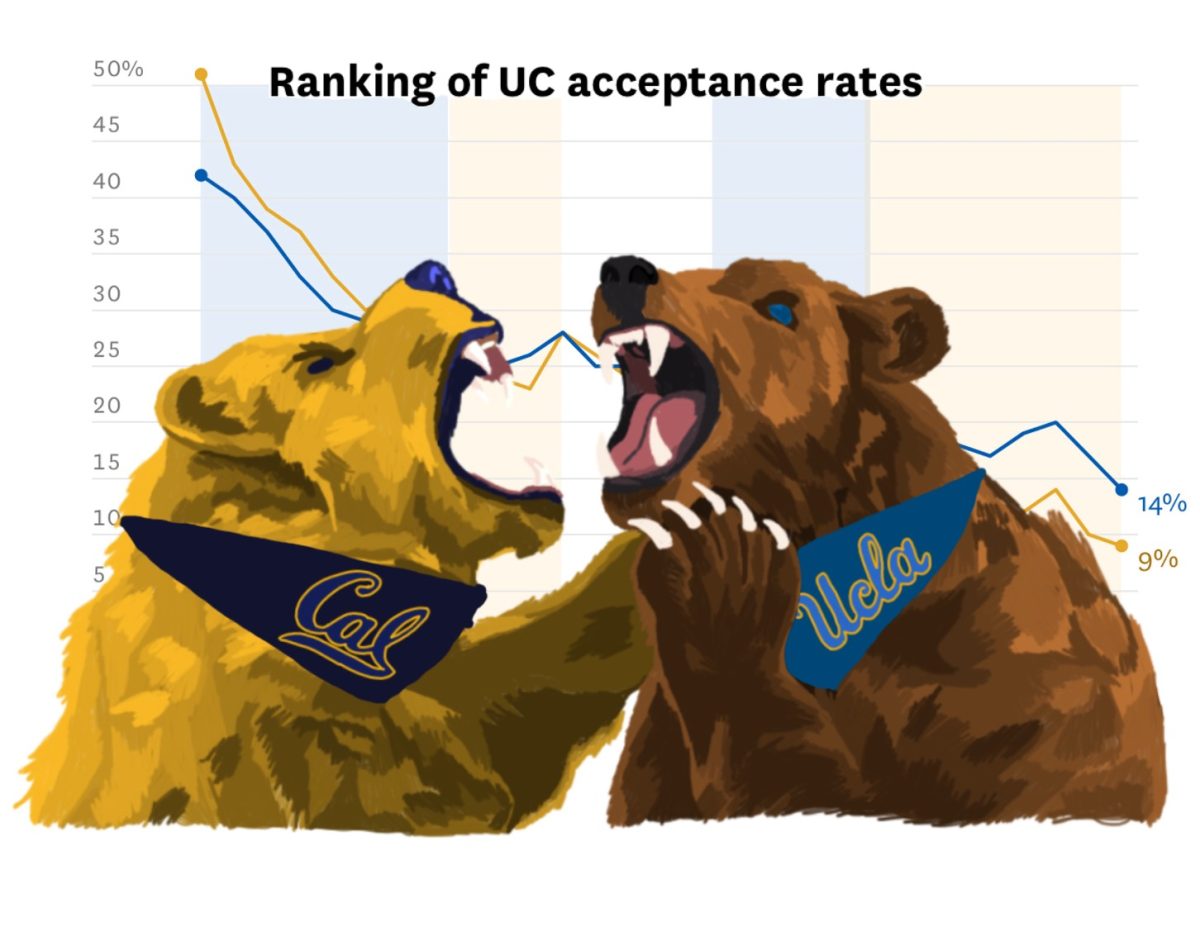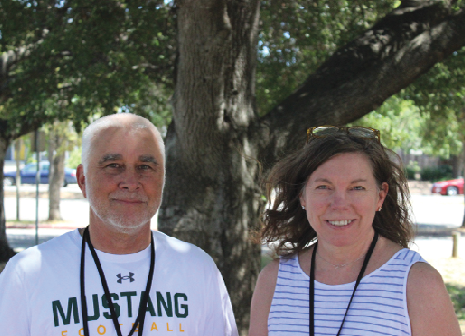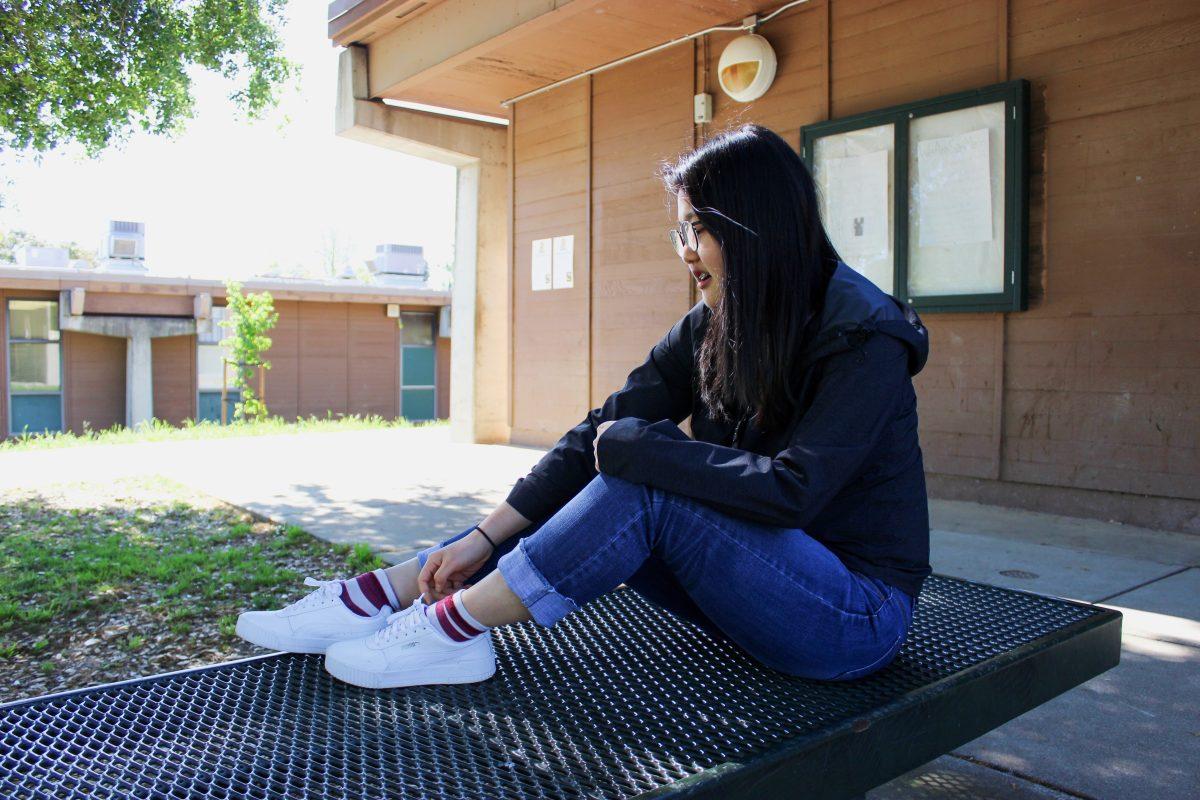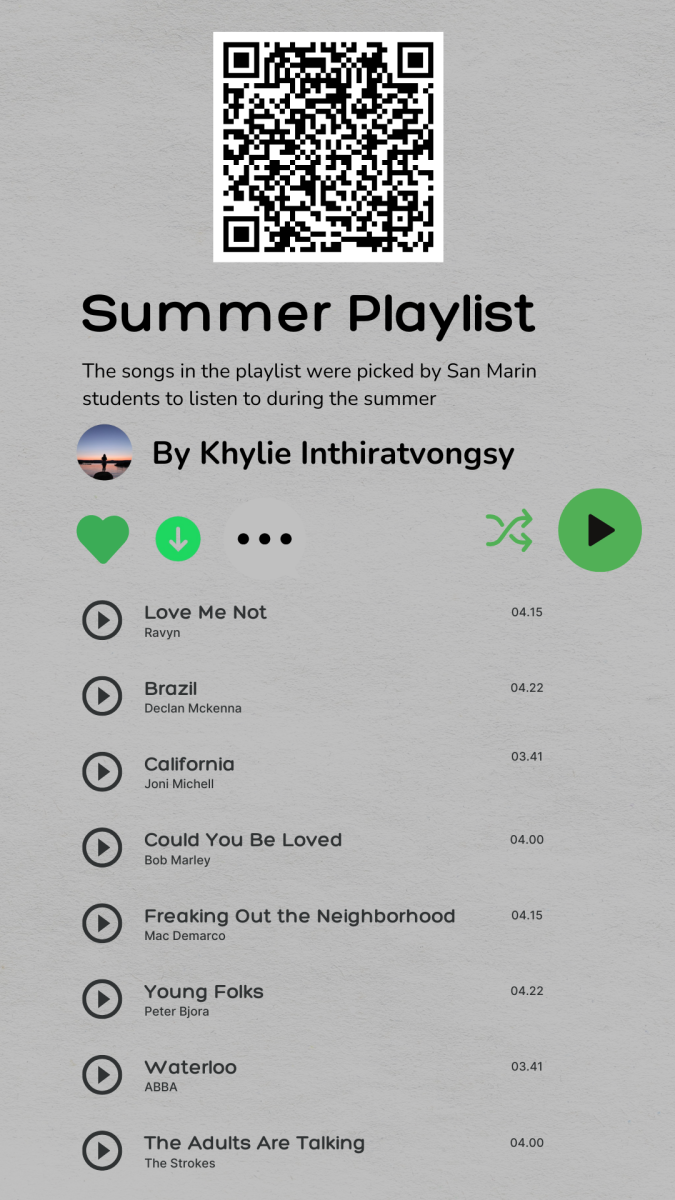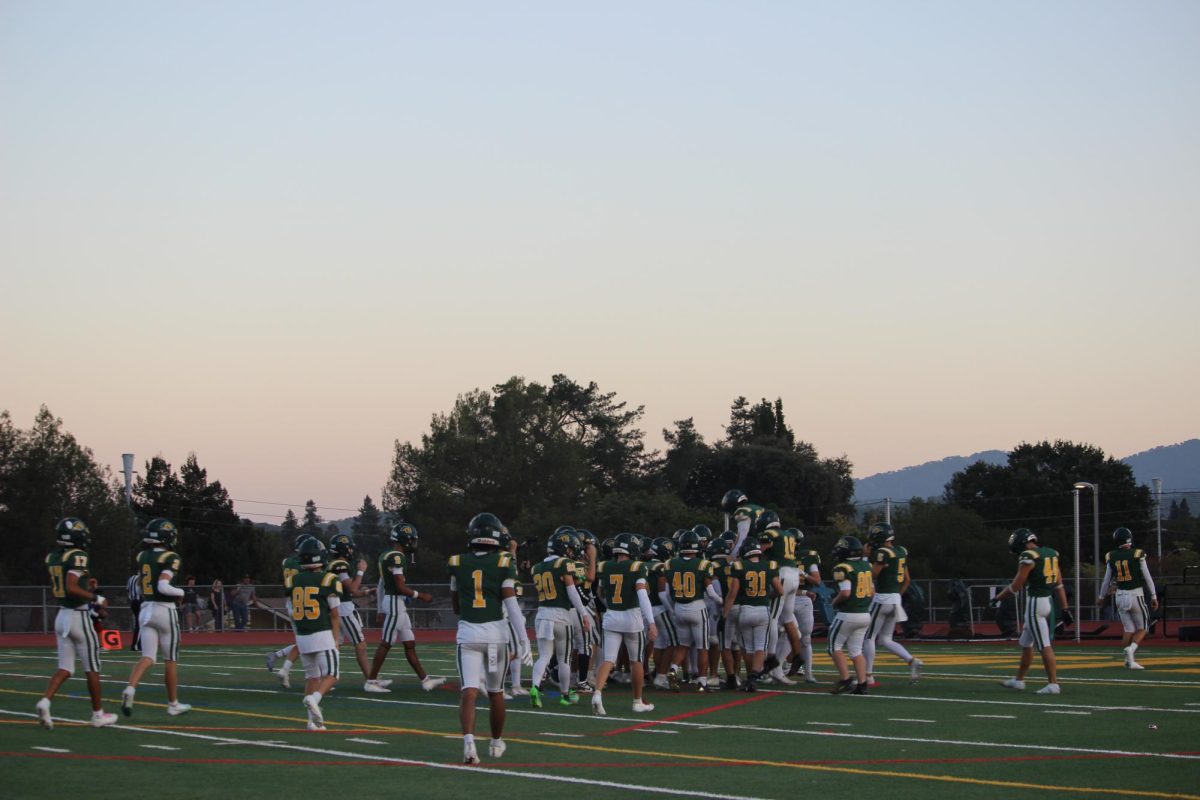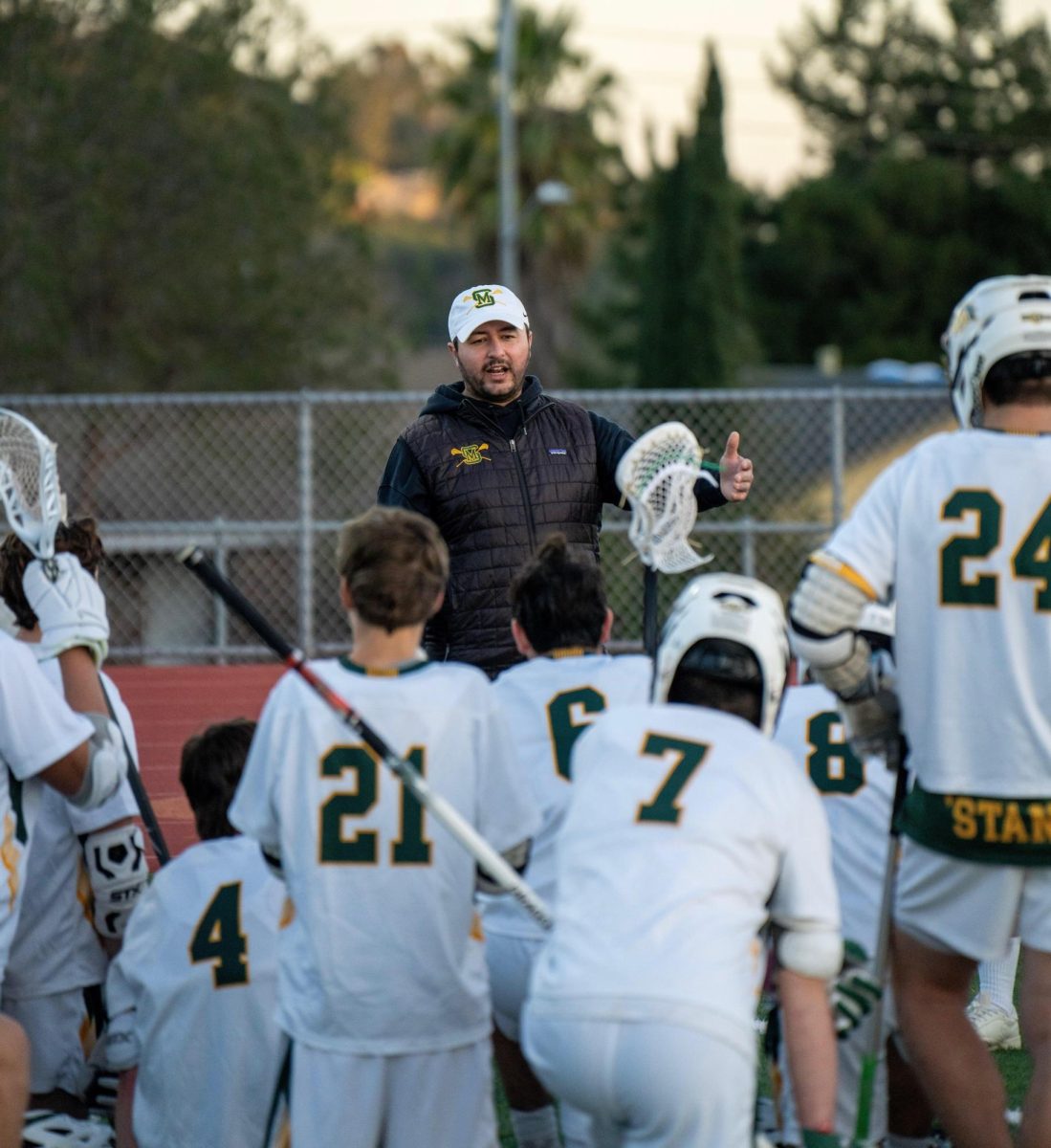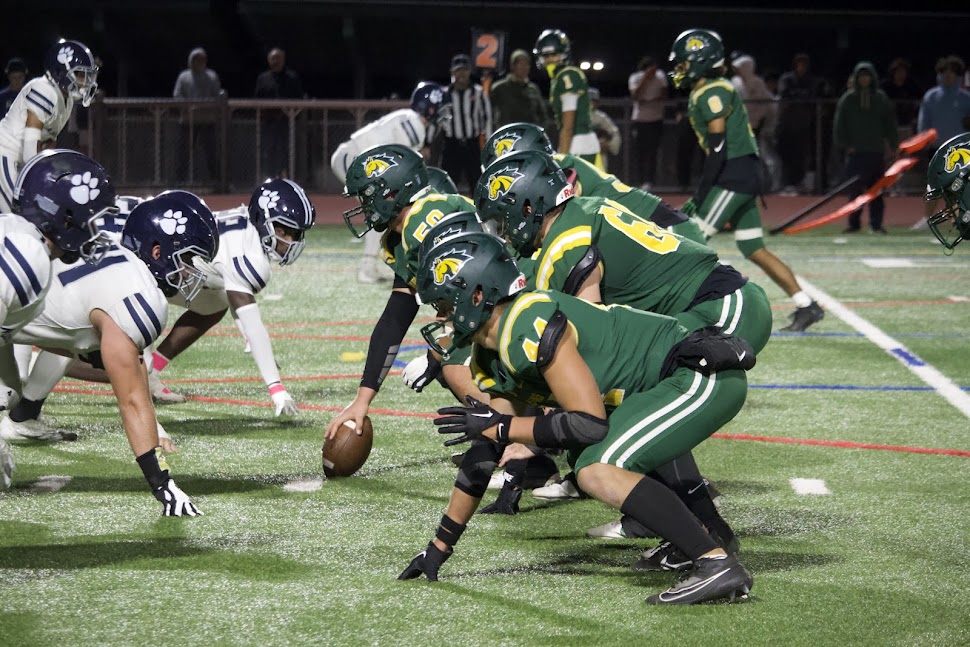On Jan. 5, the spring semester began with a new schedule and updated rules that require mandatory tutorial attendance. These changes were formulated over a series of meetings that spanned both district and school wide in the weeks leading up to the new semester. In these meetings, the administration and the NUSD board finalized the new schedule with the hopes of returning to campus.
“There’s an expectation that students are coming back to campus,” Assistant Principal Mike Casper said. “The new schedule was made more to accommodate the in-person aspect.”
The schedule also had to follow the legal amount of instructional minutes that are required in the state of California. By law, California high school students have to attend school for at least 64,800 minutes, or 1,080 hours each school year. This is one of the main reasons as to why tutorial attendance is now mandatory.
“When you’re developing a schedule the actual number of instructional minutes is the number one thing to work around,” Casper said. “We start with ‘how many minutes by law must we have’ and then you build the schedule off of the instructional minutes.”
Another reason for the introduction of a mandatory tutorial was the Equity Imperative, and the use of the Multi-Tier Support System (MTSS). The Equity Imperative is a movement which looks to ensure that all NUSD students have equal access to educational opportunities that will challenge, benefit, and inspire them. MTSS is a framework which works in tandem with the Equity Imperative. It looks to provide academic and behavioral support for students with various needs.
“Our position is that all kids need to come to school, no matter what,” Casper said. “All kids should be able to come to highschool, meet with their teachers, and get instruction as much as the next person.”
In addition to working on getting students back in the classroom for direct instruction, the mandatory tutorial periods were intended to allow students to attain extra help from teachers if they are struggling.
“One of the benefits of tutorial before was that I could focus on students who needed the most help,” English and Philosophy teacher Wesley Swedlow said. “If everybody has to be there, I’m losing time just checking everyone in. It’s antithetical to the equity imperative, and one of the things I found very valuable about tutorial.”
Swedlow went on to explain how mandatory tutorials and the new schedule were introduced to the teachers with little warning, and that they were given little time to adjust and prepare for the new changes, giving students the task of taking whatever is being thrown at them.
“What happens to you in classrooms happens to people at work,” Swedlow said. “Things just are thrown at you, they’re not explained, and you’re expected to follow suit.”
This sentiment of a lack of communication between administration and the rest of the school is also shared by members of the student body.
“As an average student, I feel disconnected from our administrators, because it’s been so online, and there’s little communication,” junior Mark Epstein said. “The only thing I knew was the new schedule, the possibility we could go back, and my classes.”
